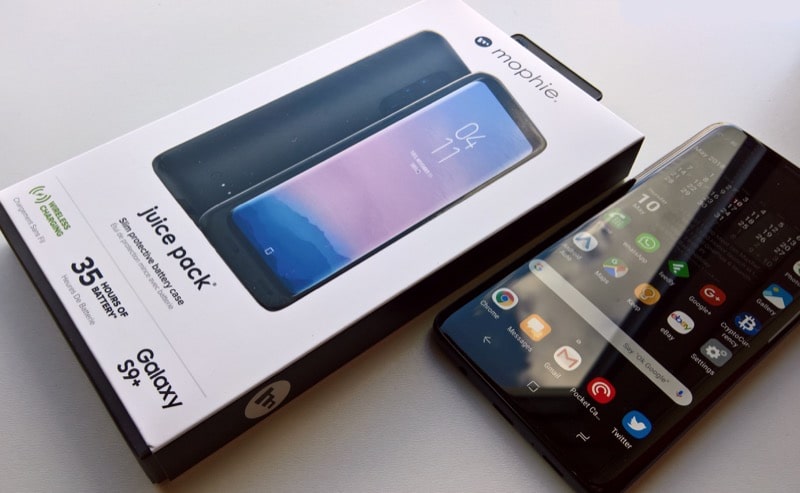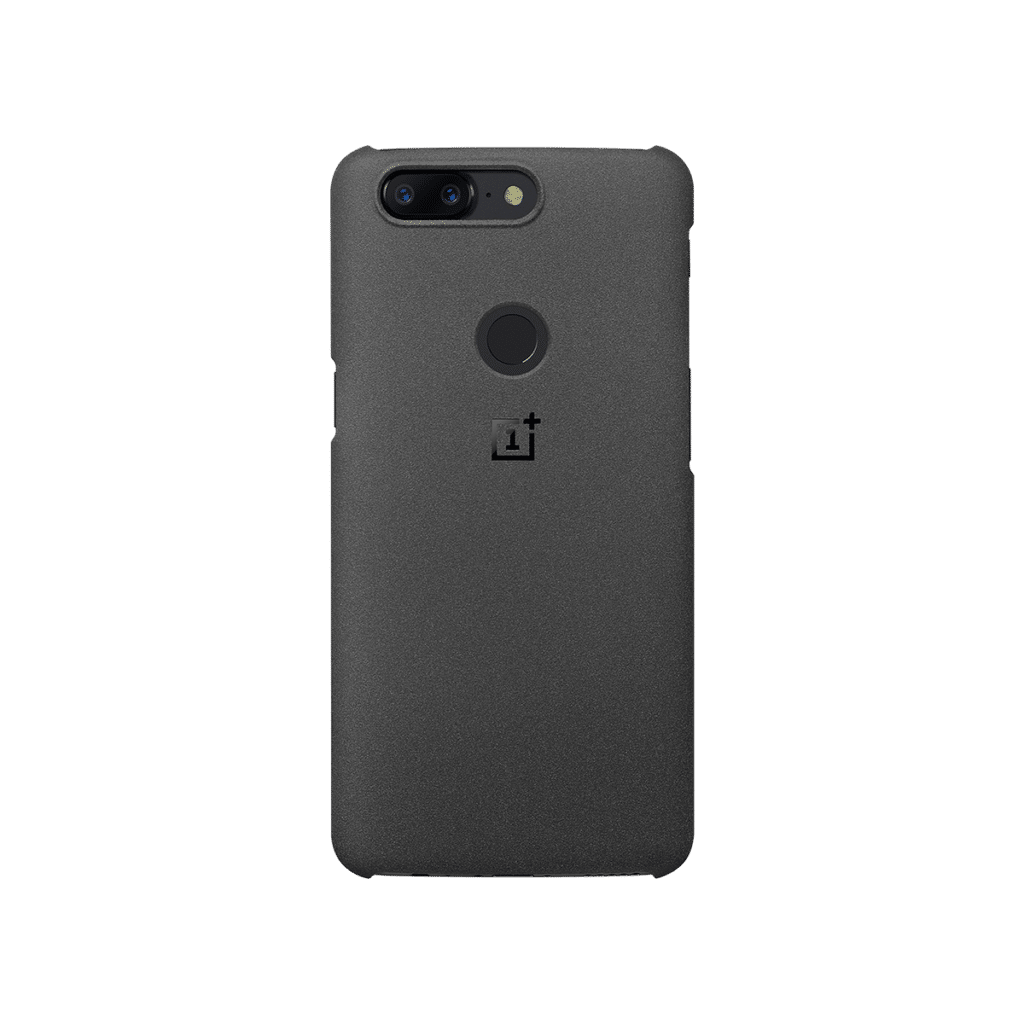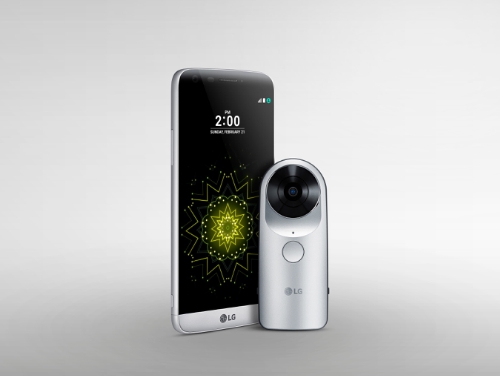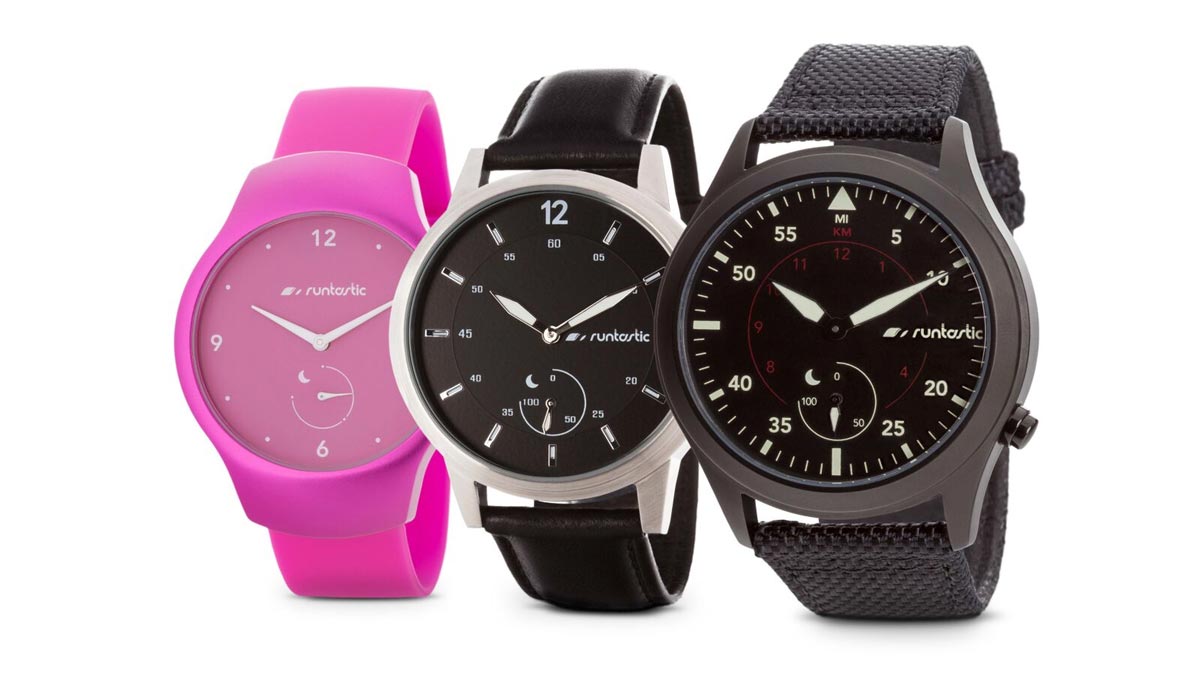Time for niche thinking. Or old-school, depending on how you look at it. But now that our smartphones have decent sized screens/resolutions, surely it can’t just be me who fancies the idea of hooking up a really good Bluetooth keyboard and, for text-centric uses, achieving a mini-laptop look and feel? It turns out that hooking up and using such a keyboard is easy. Really easy.
A few qualifications before I start. I don’t count the miniature keyboards beloved of gadget shops – the ones which try and cramp a QWERTY keyboard into something that’s smaller than your phone. They look cute but are a usability nightmare. Far better to go for a Bluetooth keyboard that uses near full size laptop keys and preferably with an integral stand for propping up your smartphone/display.
In addition, if the most you ever type on your smartphone is “LOL. Awesome” or similar on social networks then all this isn’t for you. But if you regularly find yourself typing multiple paragraphs in an email or article or social update and think “Grr…. this would all have been a lot faster if I’d brought my laptop” then why not give a Bluetooth keyboard a try?

Trying out various Bluetooth keyboards, with 100% success!
In fact, it turned out I already owned three Bluetooth keyboards of sufficient size, dating over the last decade(!); the ThinkOutside one (above, right) is the oldest, having been designed to work with Palm PDAs, then the Nokia SU-8W (above, left), dating from the days of Symbian and S60, circa 2008. Finally the generic Freedom keyboard (above, centre) is about three years old. Yet, to my big surprise, all worked absolutely perfectly and paired first time.
Speaking of pairing, it really is a one time thing. Once set-up, provided you keep Bluetooth turned on, on your Android smartphone, just turning the keyboard on is enough to re-establish a connection, usually within a couple of seconds. The Bluetooth icon in your top status bar will change hue to confirm (depending on your device/skin).
A quick run through on setting things up. Each keyboard you’ll buy has a slightly different key sequence for putting it on and in ‘pairing’ mode, so check the manual or quick start guide. As an example, here’s the set-up for my Samsung Galaxy Note II with the Nokia SU-8W keyboard. I turned on Bluetooth in Settings on the Note and then tapped ‘Search for devices’:

Pairing up a Bluetooth keyboard with my Samsung Galaxy for the first time…
The keyboard will first show up with its ‘raw’ Bluetooth ID, but after a few seconds this should change to its ‘plain English’ version (e.g. ‘Nokia SU-8W’). Tap it to get paired up:

Bluetooth PINs are so last year, I know – but your Android phone makes one up anyway…
Typing the PIN code on your keyboard has to be done with some care, in that a lot of the smaller keyboards don’t have a dedicated ‘number row’ and so you’ll have to type the number using the ‘Fn’-ed number presses, as appropriate. Finally, press ‘Enter’ (carriage return) and you’re done. The Android Settings screen should now show ‘Connected’ (see above, right).
In theory then, whenever an application now needs textual input of any kind, you can simply type on the Bluetooth keyboard and, indeed, this works as advertised. The only complication is that on-screen behaviour is different according to the application being used:
- some applications give immediate full screen access to the text area
- some applications pop-up the virtual keyboard anyway, but a tap on the phone’s ‘back’ key gets rid of it
- some applications pop-up the virtual keyboard and there’s no way to get rid of it without losing the text editing ‘field’
After some testing with a number of apps, the three scenarios seem roughly as common as each other. So whether you have a totally seamless mini-laptop experience or a slightly awkward one depends rather on exactly what you want to do with this new QWERTY flexibility.
A typical use case might be editing a document in Quickoffice or Google Drive. Opening up the document at first is full-screen, but positioning the cursor using the touchscreen brings up the virtual keyboard:

Argh, that pesky pop-up QWERTY keyboard!
But, again, a tap on the ‘back’ key and you’re back to full-screen editing, and this time with a visible text cursor that you can position using the keyboard’s own arrow/direction keys:

That’s better – the virtual keyboard has gone and we now have a proper, controllable cursor (spot it in the word “of”!)
A less awkward example is my favourite Twitter client, Plume, where starting to post a new tweet brings up a full-screen editable field immediately – just start typing!

Typing away immediately in Plume….
Is this type of solution the best of all worlds? A large screened smartphone that’s great for all the Android goodness (social, media, games) you love, and with an accessory that lets you be really productive when you need to be?
The three Bluetooth keyboards shown above aren’t recommendations necessarily – they’re just what I happened to have lying around after 20 years of writing about the mobile industry. I’ve had other keyboards as well, but they’ve all now been given away, sold or returned. I did note that the Freedom brand continues to this day, and that companies like Proporta still have stock of both foldable and one-piece designs. Plus your other usual generic accessory sources may have something suitable – from my own testing I doubt you’ll have any software compatibility issues, since all use the HID (Human Interface Device) Bluetooth profile, which is standard and mature on modern Android.
Here then is to my new laptop(!):

My new Android-powered laptop – what do you think?(!)



















